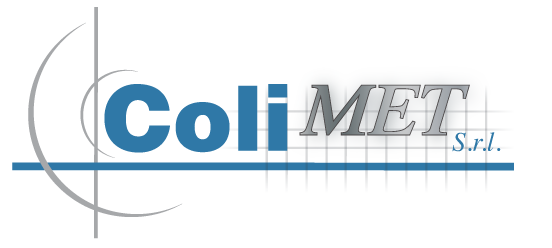Some practical suggestions for a perfect shot blasting (sandblasting) of metal surfaces
The adhesion of zinc depends on a good sandblasting.
The 80% of the problems of degradation of the coating is due to poor preparation of the surface.
- Sandblast with angular steel grit dry and clean with C ≤ 0,85% (BS 2451) ISO 11124-2, hardness 45-51 HRC size 8-20 mesh, 0,5-1,5 mm, projection angle ≤ 45 ° at a distance 15-30 cm projection speed ≤ 80 m/s. It recommended sandblasting SA 2.5 grade-SA3 ( white metal)
- Roughness required for galvanizing spray (ISO 8504-2) and is measured with a surface roughness Ra: 7-8 µ Zn thicknesses ≤ 120 µRa: 11-12 μ for Zn thickness > 120 µ.
Rz: the 50 – 85 %
- Buona ventilazione, good draw, storage area is not dusty
- Alkaline degreasing or tricloetilene or alternatively use steam jets
- Scartare graniglia contaminata da oli o grassi per evitare insufficiente adesione del rivestimento
- Se il supporto è fortemente arrugginito è necessaria una disincrostazione meccanica o chimica
- Rinse or wash any chemical residues flows employees
- Remove welding spatter mechanically
- The compressed air must be free of impurities and moisture Excess roughness is not a problem, except that the workpiece does not have to be painted subsequently
- Remove the old coating with pickling or sandblasting, risabbiare and metallized again
- If you have to paint it recommends a minimum thickness of 100μ Zn
- The presence of oxides, dust, surface irregularities compromise the adhesion of the coating and its resistance to corrosion
- The presence of particles or iron oxides damage the coating exposed to the atmosphere
- Parti piccole del rivestimento danneggiato possono essere riprese con pitture di zinco o nichel oppure con zinco spruzzato con bombolette spray (preferred thickness double)
- White rust: this is due to retention of water at the interface zinc. To avoid this store Indoor, in dry conditions and well ventilated so that the air reaches the zinc coating. If stored outdoors, the material must be lifted off the ground, separated so as to facilitate the circulation of air on all surfaces and in an inclined position to facilitate the rapid evacuation of water.
- The sandblasted surface is chemically active and tends to rust quickly; it is useful to metallize immediately after. Some experts advise: within 4 hours, others within 12 hours. There is no fixed rule. The time can vary depending on local conditions, the percentage of RH / h (relative humidity), the temperature of the steel before the shot blasting and by any pollutants present in the environment. It RH < 38% the steel does not corrode because early corrosion is necessary the presence of an electrolyte. L’umidità è un cattivo conduttore e non causa la ruggine. The problem is that often contains moisture chloride Sodium or Calcium. If the humidity is relative to the 40% We may want to galvanize within 4 hours, if more than > 40% anticipate.
- At the same particle size and projection speed, The angular steel shot is the one that affects more deeply followed by: corundum, silicon carbide slag and silica sand.
- The consumption of compressed air depends on the diameter of the nozzle and the pressure of the sandblaster.
- Yields indicative of a blasting:Sa 3 6.8 m²/hSa 2½ 10-15 m²/h
In 2 15-20 m²/h
Sa 1 40-45 m²/h (brushing)
- Micropallinatura (WENT 8501-1) required degree of roughness 1,6-3,2 μ Ra and touch from the idea of a velvety surface, not smooth. The surface of the workpiece is bombarded by microspheres, each bead acts as a hammer on the surface leaving a small footprint.
